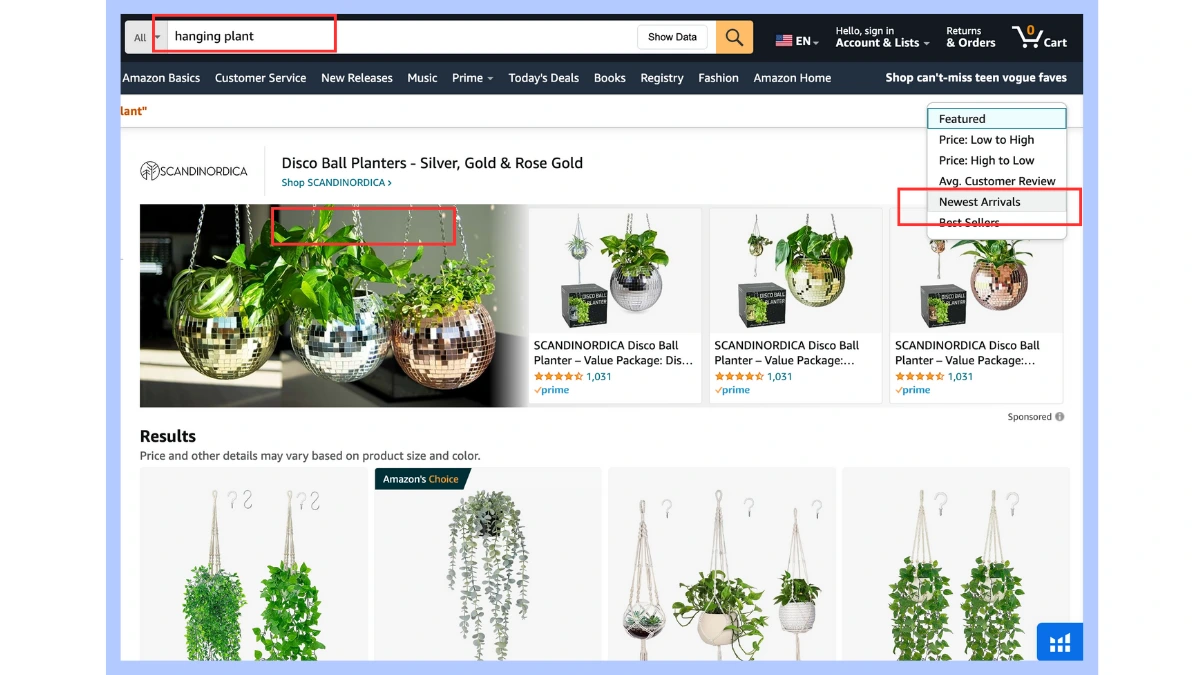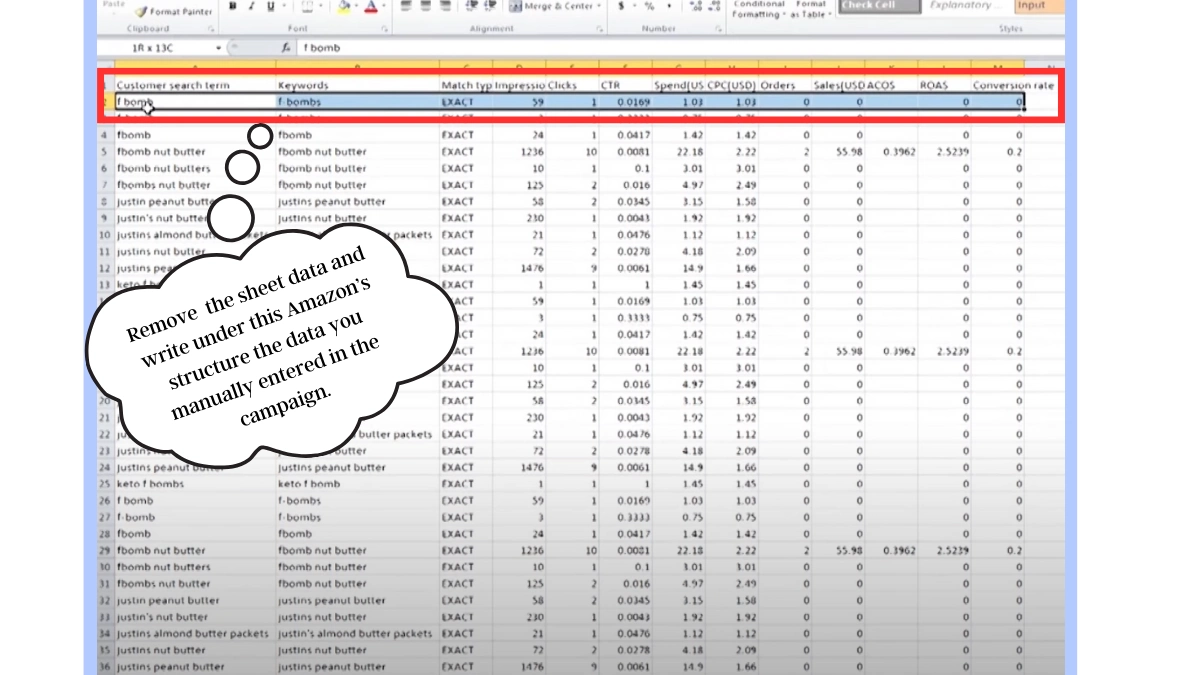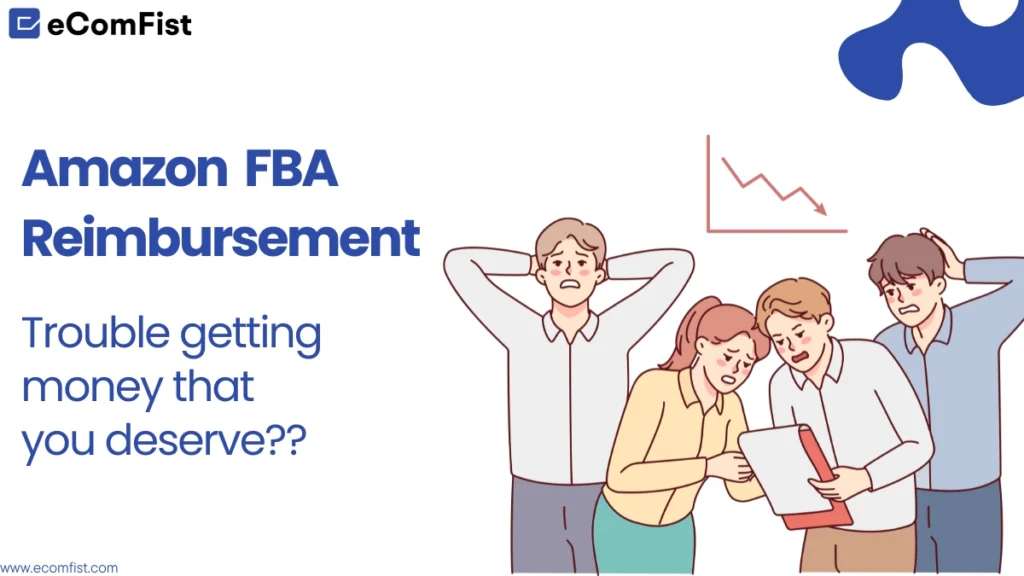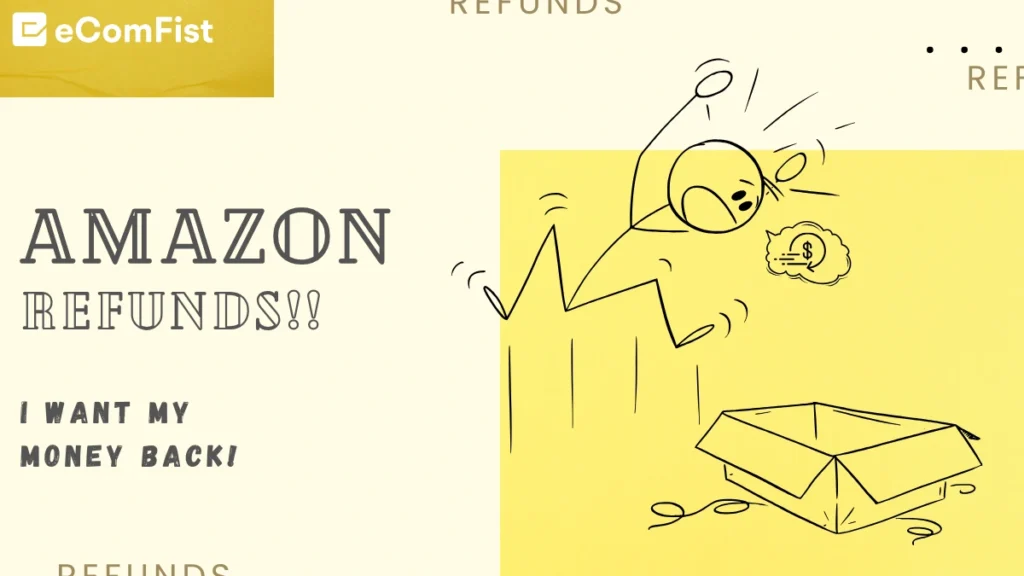Is it true that your Amazon PPC campaigns are underperforming? That is the issue with all Amazon sellers. Even if you have run hundreds of campaigns, you will fail if you don’t know the tricks of the trade. That’s a proven fact. Period.
Listen more to what your flaws are in running campaigns.
You don’t have time to conduct a thorough keyword analysis. Either that, or you’re not bidding effectively. Either you don’t know what ACOS, ROAS, and TACOS (Amazon KPIs) are, or you’re not using them effectively. Or you have no idea how to test a campaign’s profitability or how to launch a campaign in the absence of any reviews. You might not be making the most of your target groups. Or maybe you’re just letting the automated campaigns run without making any modifications. You could be unsuccessful for a variety of other reasons as well.
We have summarized the solutions to the most common blunders that sellers make in the points below. But before that, let me give you a glimpse of what Amazon PPC campaigns are.
What is Amazon PPC Campaign?
What happens in PPC Campaign is that your ad will show up when people search for keywords related to your product that you’ve bid on. The term “pay-per-click” describes how ads work: you only pay when a shopper actually clicks on your ad.
Rather than blindly spending money, you may focus on targeted, data-driven Amazon advertising that reaches the people most likely to make a purchase. Using Amazon PPC is like employing a full-time sales force to promote your products and attract new customers to your product listings, all of which will increase your sales and help your business succeed in the cutthroat world of online retail.
Following are the solutions to your PPC campaign blunders.
1-Target new competition via product targeting
Your product listing certainly wasn’t up to par when you initially started selling on Amazon. Most importantly, you almost never get feedback. You represent a rather fresh challenger.
And do you know the mentality of a customer? To spend money on items that have received lots of positive reviews. They are a review-and-only-then-buy kind of customer. Even if you run an Amazon PPC campaign and a buyer clicks on your product, he may end up purchasing a competitor’s goods instead because he sees similar products in your listing suggestion that have higher reviews. This is common in auto-campaigns because many of your competitors are likely to use the same tactic – use auto-campaign in the beginning of the campaign strategy.
How bad is it when a customer clicks on one of your sponsored products but then buys a competitor’s product from the suggestion, even though you paid for that click?
So, what exactly is the solution?
The solution is product targeting in sponsored product campaigns with new competitors. Let’s say that you are launching a product called “Hanging Plants.”.
- Search for this term in the search bar.
- Apply filter to “newest arrival”.
- You will see products that are newly launched and have very few reviews. Before applying the filters, the reviews of the products at the top were very high.
- Get competitors’ product ASINs. Try to add 10 competitors’ ASINs per asset and per asset per campaign.
- Get the most efficiency out of this way of targeting.
So, now you are stealing your competitors customers. Hurry!!
Read more: Best Amazon marketing trends in 2023
2-Target Amazon PPC Campaigns in Spanish
Strange, to say the least. Right?
It did, however, work for many of my products. You are aware that Spanish is the fourth most spoken language on earth. But that doesn’t mean advertising in Spanish will automatically bring in millions. It’s a simple PPC campaign strategy for drawing in more customers. The reason is that many people also conduct searches in Spanish.
Keep in mind that not many keyword research tools, such as Helium 10 and Jungle Scout, are actively picking up Spanish-language terms. Neither of those terms will bring up any relevant results in a standard web search. However, if you focus on specific Spanish keywords, you can acquire prime placement with minimal spending.
You are aware of the proven truth that testing is the key to a successful Amazon PPC campaign. The more keywords that are tried out in the campaigns, the better the results will be. So, try running a few campaigns in Spanish and see what happens.
3-Separate Auto-Campaigns on the basis of targeting groups
Amazon sellers make the biggest blunder by letting their auto-campaigns run uncontrolled and relying on luck for results. That is wrong. It will waste a lot of your money. How? Here’s how I see it:
Auto-campaigns have four targeting groups.
- Close match – refer to keywords
- Loose match – refer to keywords
- Complements – refer ASINs
- Substitutes – refer ASINs
The auto-campaign will bleed if you leave the four target groups enabled with endless bidding. A loose match may be ineffective, use up a lot of bidding, and cause more bleeding than a good, close match. You’ll be dead before you figure out this bleeding and interpret it negatively. The same thing might have happened to the other two groups.
What? Is that what you’re doing as well?
This calls for action now.
Here’s what you need to do
What you have to do is
- Create the four different automatic campaigns
- Test out each automated campaign using just one retargeting group at a time, for example, “with close match for the first round,” and disable the others.
- Turn on the loose match and disable all other targeting groups in the second round of the auto-campaign. Do the same for the rest of two groups.
- As a last step, choose a reasonable budget for bids. For sure, you don’t know which target group will bleed the most money. Start low and increase your bidding price as you gain insight into which group is the most promising.
4-Do category targeting and filtering out tough competition.
You, as an Amazon seller, have no doubt run Sponsored product campaigns that targeted specific categories. But what you haven’t done yet is clear out the bad competitors.
What is bad competition, and how can you escape it?
Therefore, in order to gain further insight:
- Collect all the relevant categories for your product. For my hanging plant, the most popular groups are “Home and Kitchen,” “Patio, Lawn and Garden,” “Home Decor,” “Artificial Plants and Flowers,” and so on.
- Start sponsored product campaign >Manual Targeting > Product Targeting > Category Targeting.
- It’s important to “refine” each category and eliminate competitors with less than three or four stars before you add it. Target competitors with one fewer star or one more star than your own. likewise, select the low competitive brands as well. Look for brands that sell items for $4 or less. Even if they only have three stars, your competitors still attract customers. And if you rank highly among them, you have a good chance of attracting their customers and convincing them to select you instead.
Now, you are stealing your competitors’s customers again.
5-Target adjacent categories
If you’re working with a limited budget, this is a smart move. Your typical cost per click is quite minimal.
You can expand your advertising reach by targeting customers interested in categories that are only loosely related to your own. So, if I’m selling “hanging plants,” I might also include “Toy gardening equipment” or “health and household” as adjacent categories.
You might be wondering, “But what if no one buys my product?”
Let them not buy it if they don’t want to. In any case, You are still reaping the rewards in the following ways.
- There were no clicks or sales, but there were many impressions. Simply put, my money is sitting here doing nothing.
- It helps me spread awareness of my brand. If someone sees my goods 100 times and still doesn’t buy it, chances are good that he will give in on the 101st try.
- People often need to be exposed to your product seven times before they decide to buy it while out shopping for something else. Chance could also play a role in that.
This tactic saves a lot of money anyway, as bidding appears to be particularly slow for non-relevant categories.
This strategy is based on the same principles that successful luxury brands use. Relevant or not, get the word out about the brand.
6-Make customized PPC templates for greater feasibility
This Amazon PPC advertising plan is for people who need to advertise multiple products. Say you have 10 or 11 products; the number of Amazon PPC ads you’ll need is 45 or 46. Is it feasible to manually set up each campaign with a large amount of information? No, of course not.
So, what’s the winning strategy here that makes managing 45 campaigns a breeze?
- Create the initial campaign manually.
- Get the report sheet for each product advertising campaign here. Imagine you’ve decided to create 10 separate ads for each product.
- The report sheet describes the framework of the campaign. Get rid of the underlying data, and enter the necessary information of your first campaign.
- Submit this report sheet with your campaign reports.
- Data from the first campaign will be automatically entered into the second campaign for the same product. It’s just a matter of making a few adjustments.
- Treat the other campaigns in the same manner.
7-Don’t set low budget for even small bid
Do you want to ruin your PPC Campaigns?
What? Obviously not.
I promise I’m not crazy for asking you the above. You, yourself, are a barrier to your own poor Amazon PPC attempts.
Don’t ever set a low budget for your bids. I must say, set a high budget but start with the low bids. Let’s say you set the bid at 20 cents, but the budget is $1000. Your budget is not going to be spent anyway because the bids are in your control.
But increase the bids slowly to 70 cents and then $1.1 until you find the sweet spot. Due to the unpredictable character of human nature, the sweet spot shifts quickly as you optimize your ads for clicks.
So, one may reasonably wonder, “Why the hell do we need to set the budget high if Amazon is not going to spend it all?”
Man, because you’re advertising your products on Amazon. If Amazon sees that you have a budget of $1,000 for the campaign, regardless of how low your bids are, it will give you a higher volume of clicks.
Last but not least…
Just seven ways to improve your Amazon PPC advertising. However, there are lots of Amazon PPC marketing strategies to choose from. The new experiment that works better for the seller is his new advertising strategy. Here at eComFist, we manage the advertising campaigns for both our own and our clients’ products. We tried these approaches for a long time before deciding it would be best to tell you about them.
Contact us if your advertising initiatives aren’t producing the desired outcomes in terms of increased sales. Our Amazon advertising service will provide you with so much value that you won’t believe the results.


















